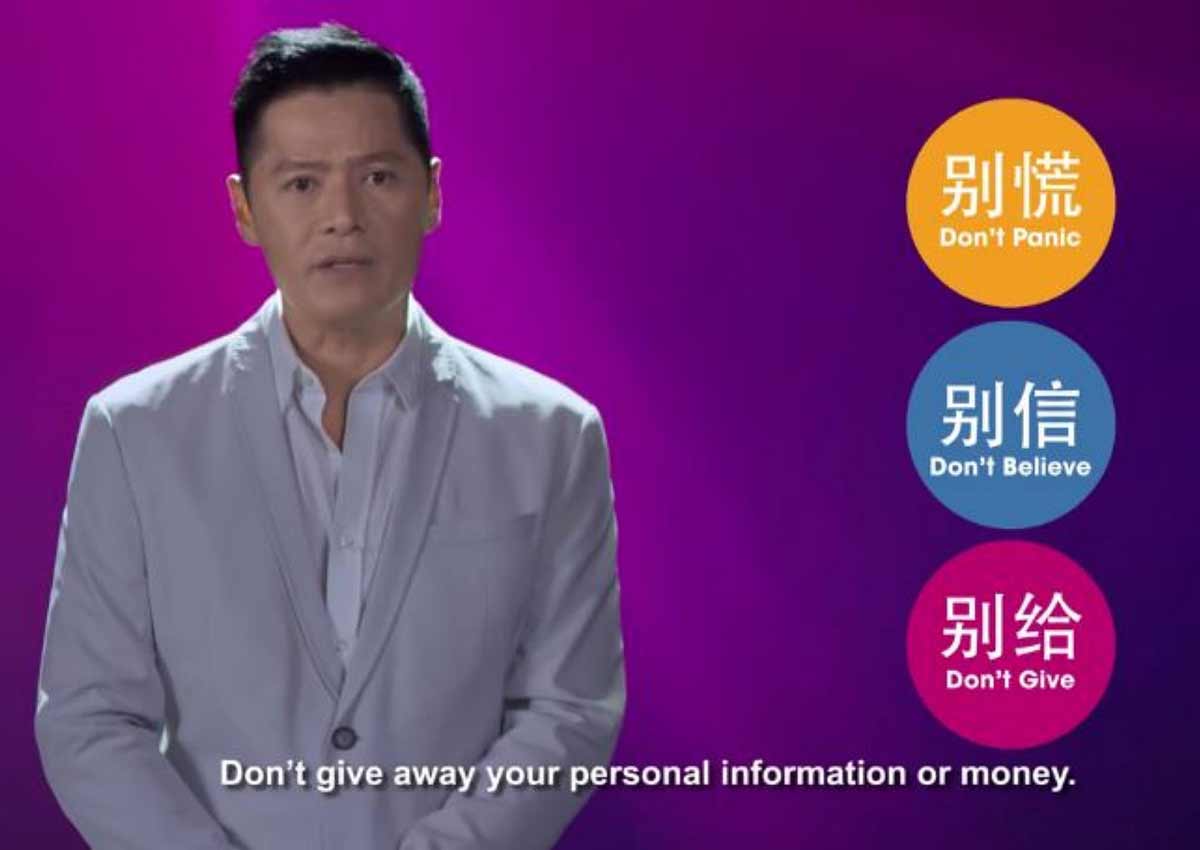SINGAPORE – From Monday (Nov 21), the public can call a new anti-scam helpline initiated by the National Crime Prevention Council (NCPC).
The number, 1800-722-6688, will be in operation from Mondays to Fridays from 9am to 5pm, except on public holidays.
Deputy Prime Minister Teo Chee Hean launched the helpline at the annual Festive Season Crime Prevention Campaign on Sunday (Nov 20) held at shopping mall Rivervale Plaza in Sengkang.
Mr Tan Kian Hoon, chairman of NCPC said that scams are evolving very quickly.
“For those who do not have access to the Internet, it might take some time before they hear of it from their friends or loved ones. We hope that this helpline can act as an additional channel for us to reach out to this group of people so as to prevent a scam from happening,” he said.
In a speech, he highlighted that in the first nine months of this year, people here were swindled out of $21 million in the China officials impersonation scam.
Giving details on other efforts to tackle the rise of such crimes, Mr Tan noted that a scam alert website set up by NCPC has been visited more than 400,000 times since 2014, and that there are lift decals at 1,200 HDB blocks.
The NCPC has also worked closely with stakeholders, such as banks and remittance agencies, and conducted roadshows to educate the public on scams, he added.
In addition, a television commercial starring local actor Li Nanxing will highlight three common scams in Singapore: Impersonation scams, Internet love scams and credit-for-sex scams.
Produced by NCPC and the police, the commercial drives home the anti-scam message with the tagline: “Don’t panic. Don’t believe. Don’t give.”
Said Mr Tan: “The fight against scams will be arduous as criminals use a variety of tactics to defraud their victims. Their scams are ever changing.
“However, if everyone stays vigilant, spread the message to not panic, to not believe, and to not give, regardless of what the scammers say, we can reduce scams and make Singapore and the cyberspace a safer one for everyone.”

This article was first published on November 20, 2016.
Get a copy of The Straits Times or go to straitstimes.com for more stories.






















